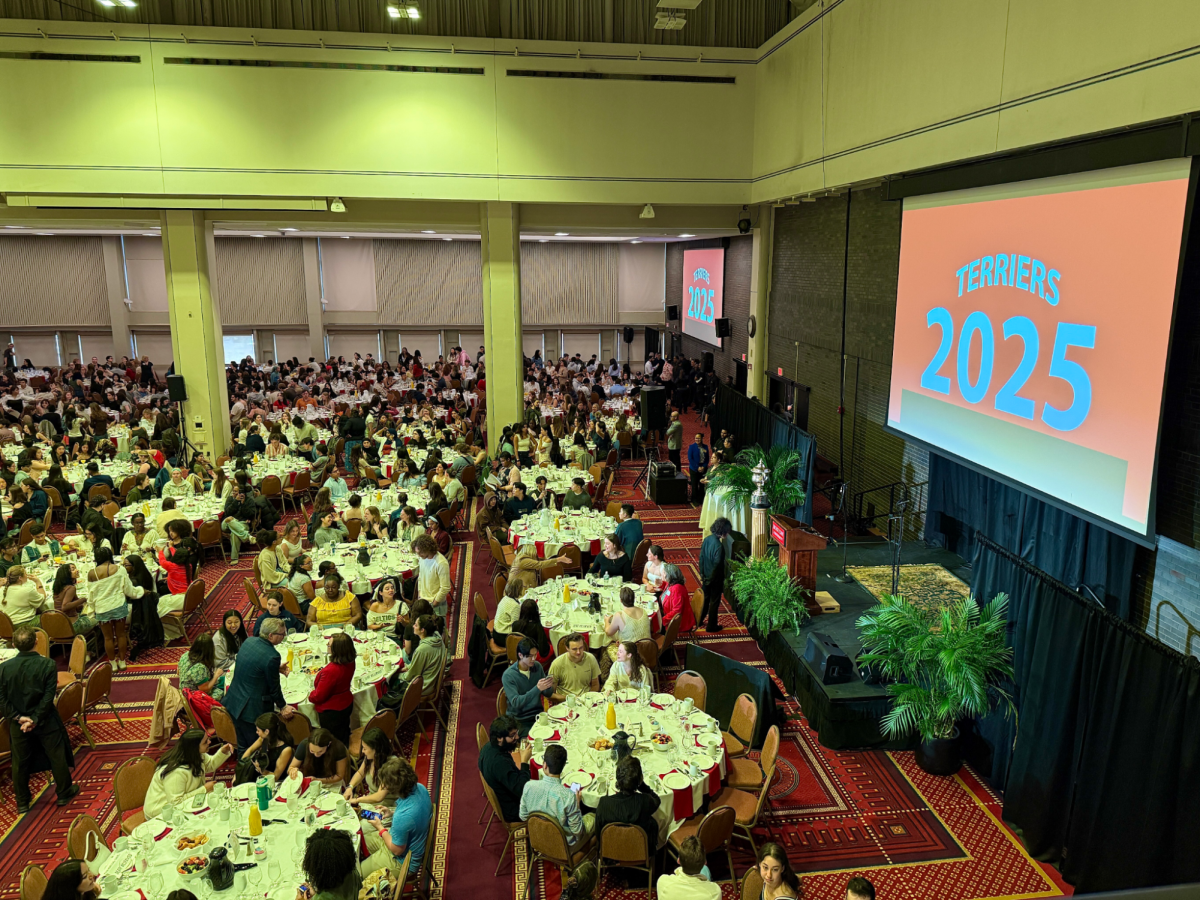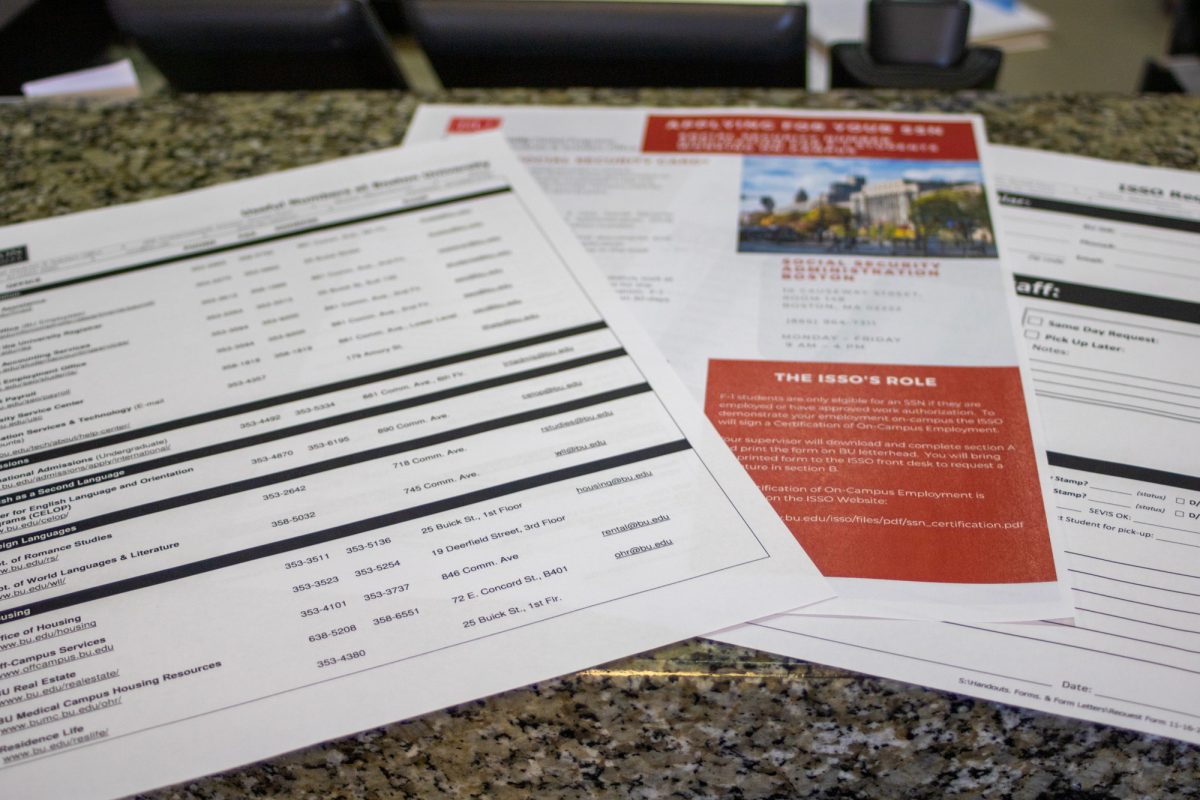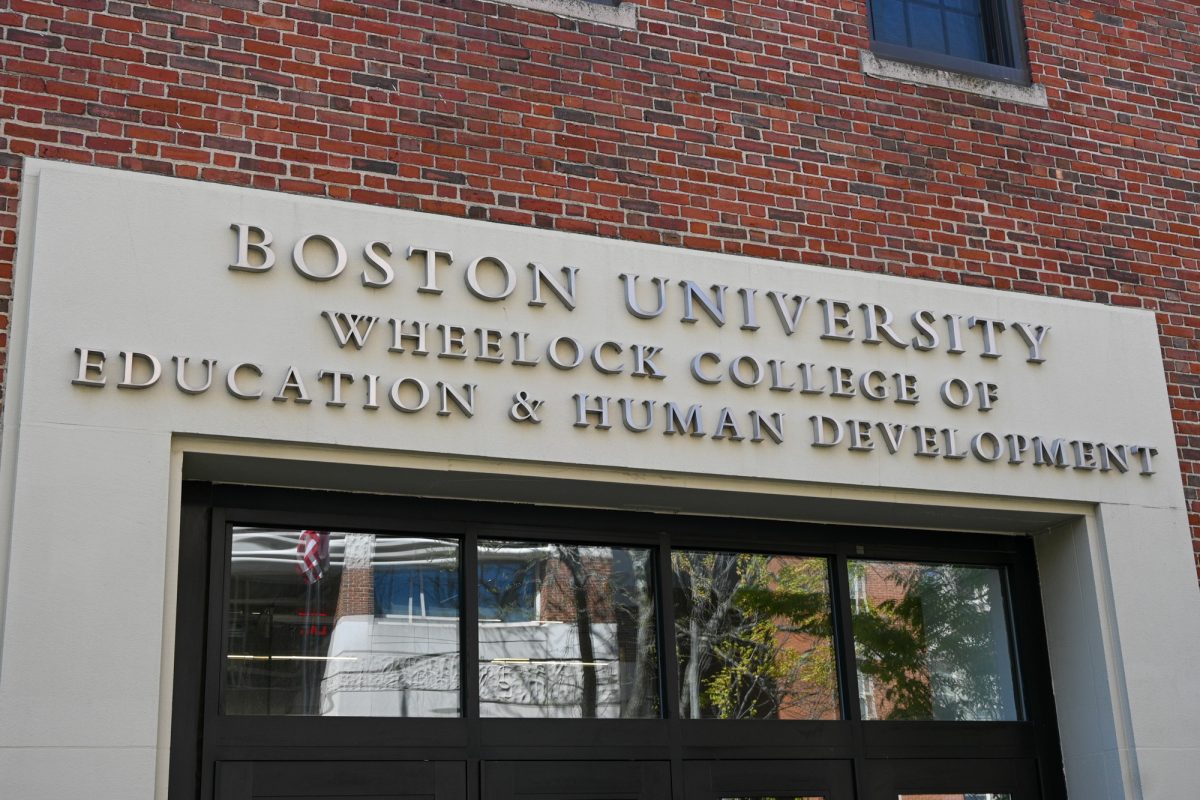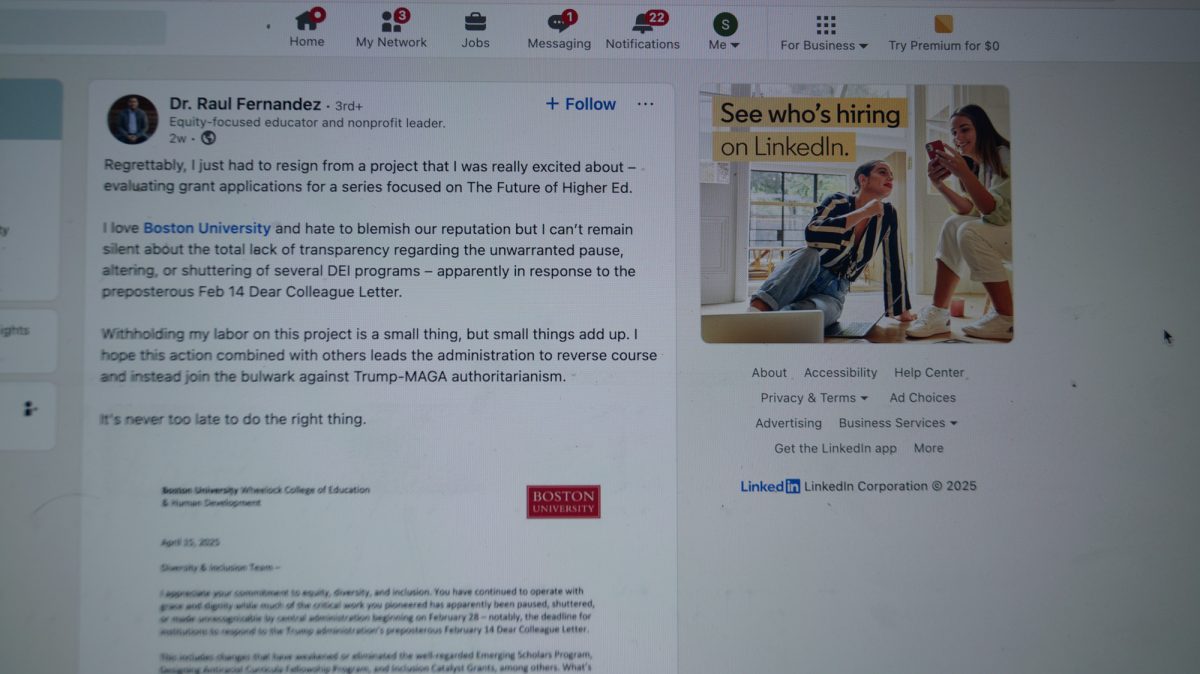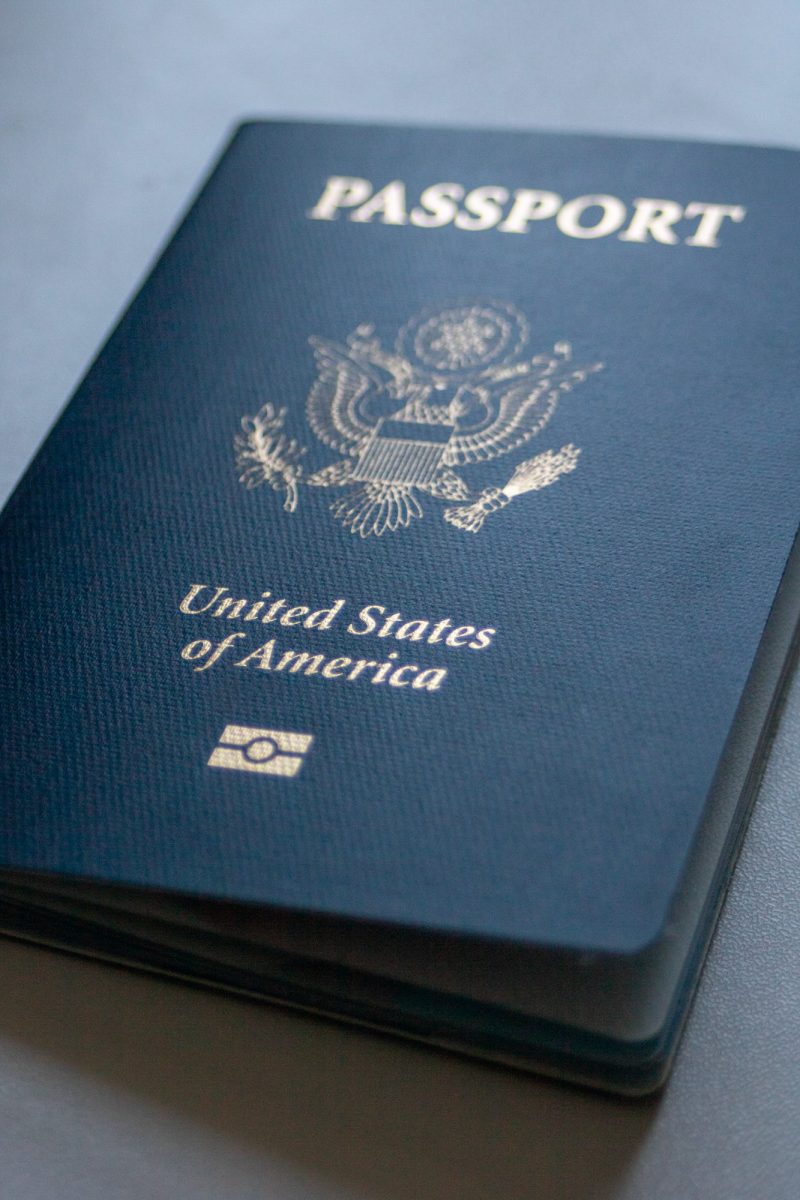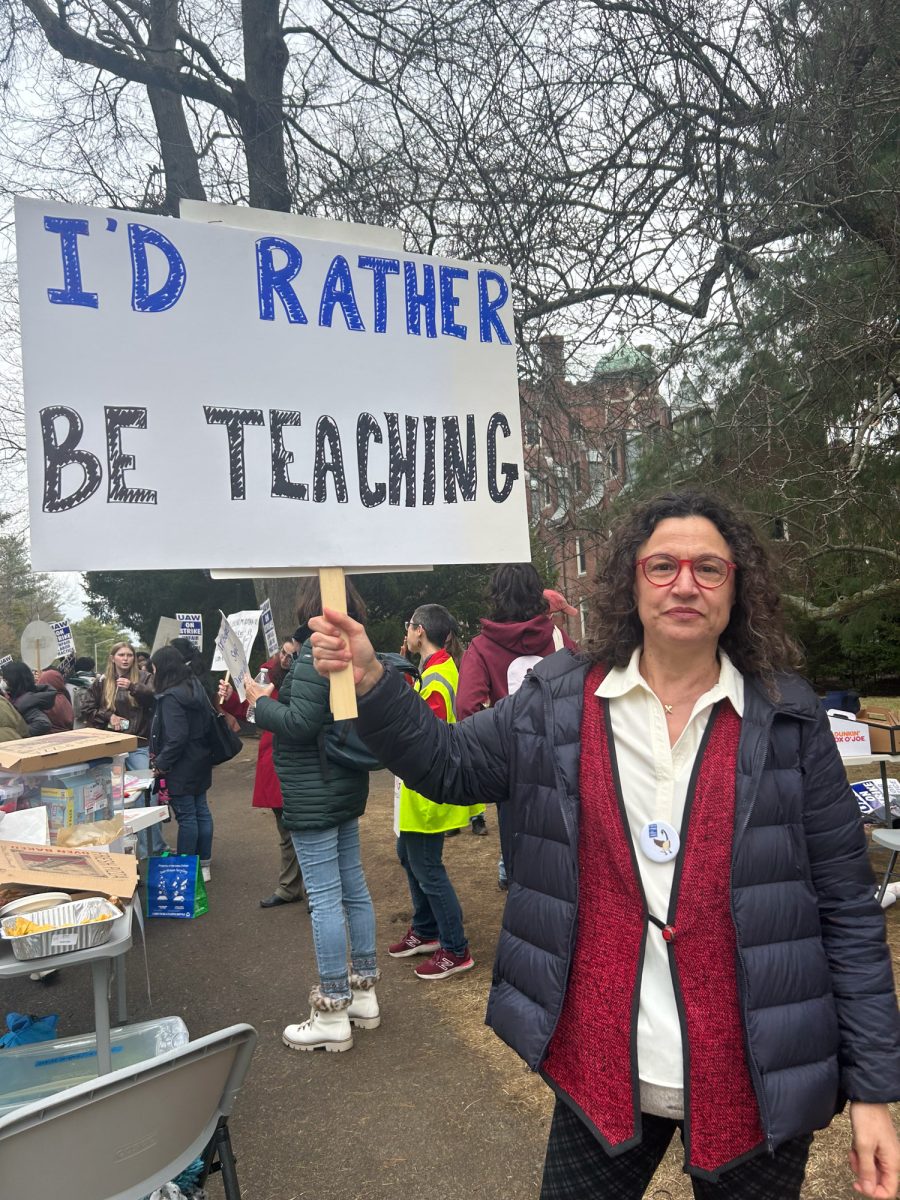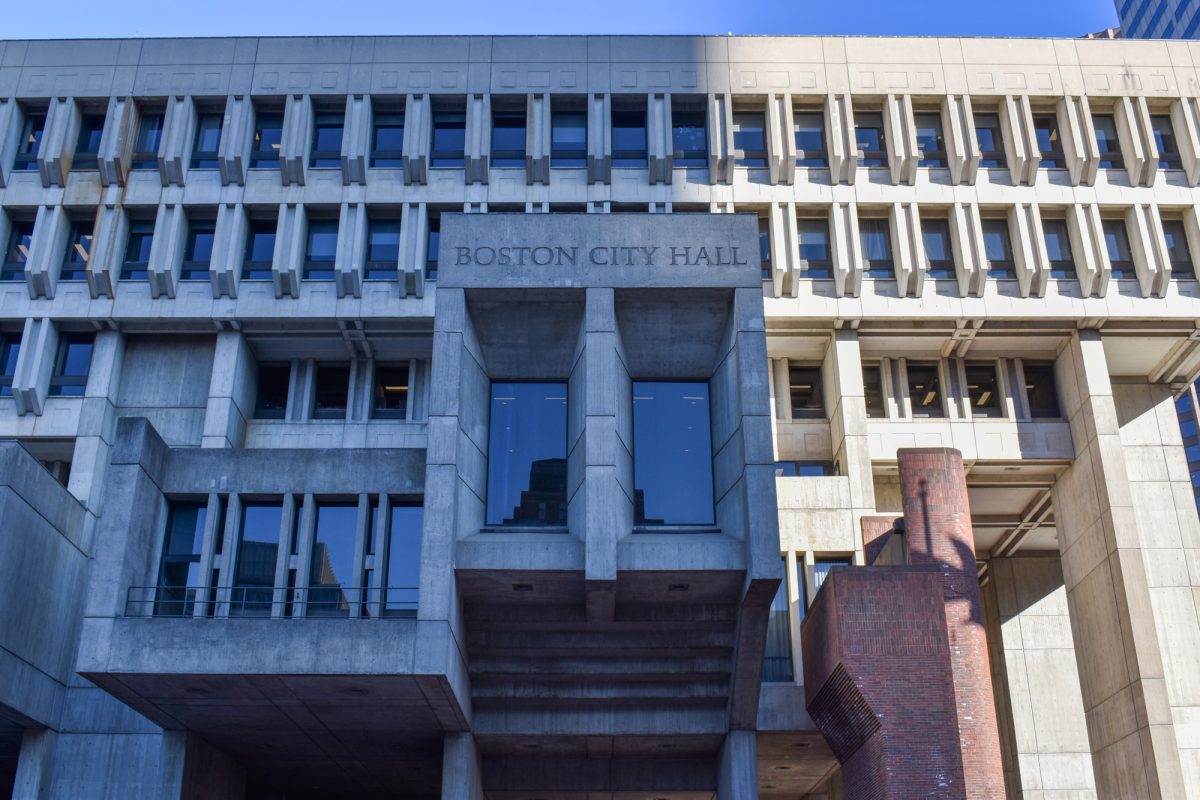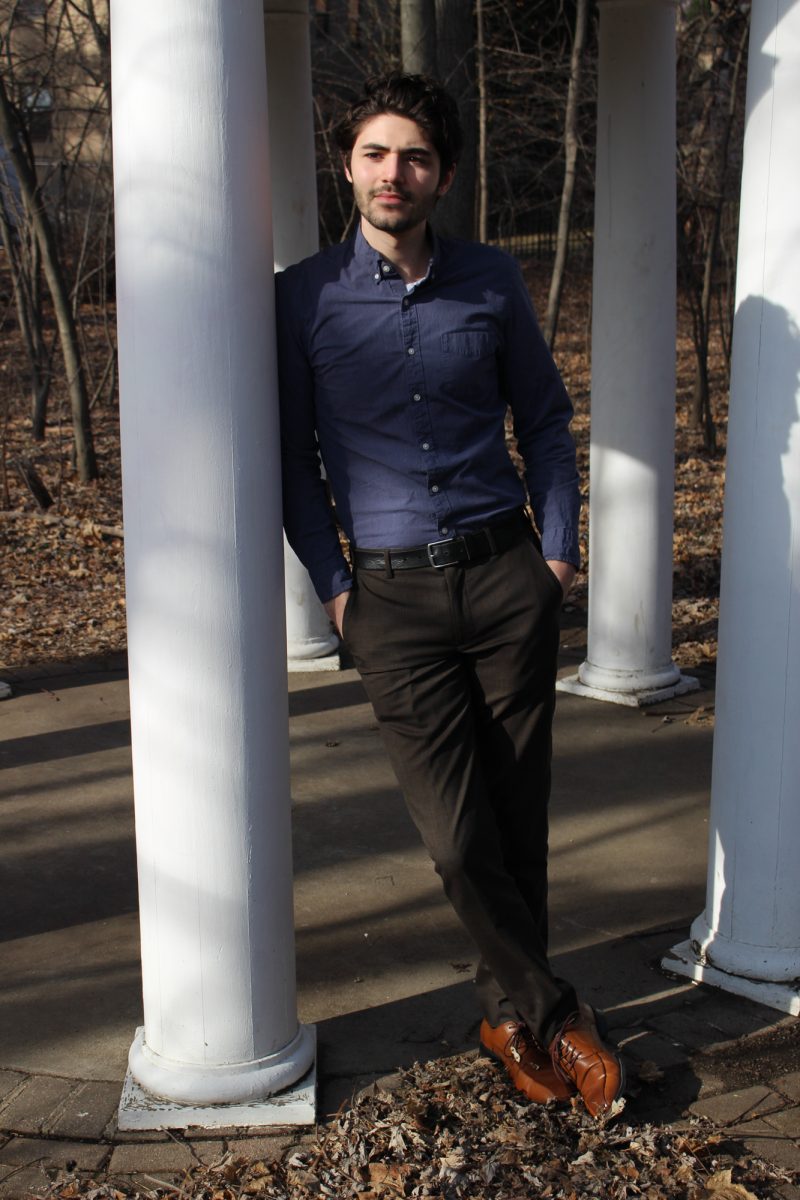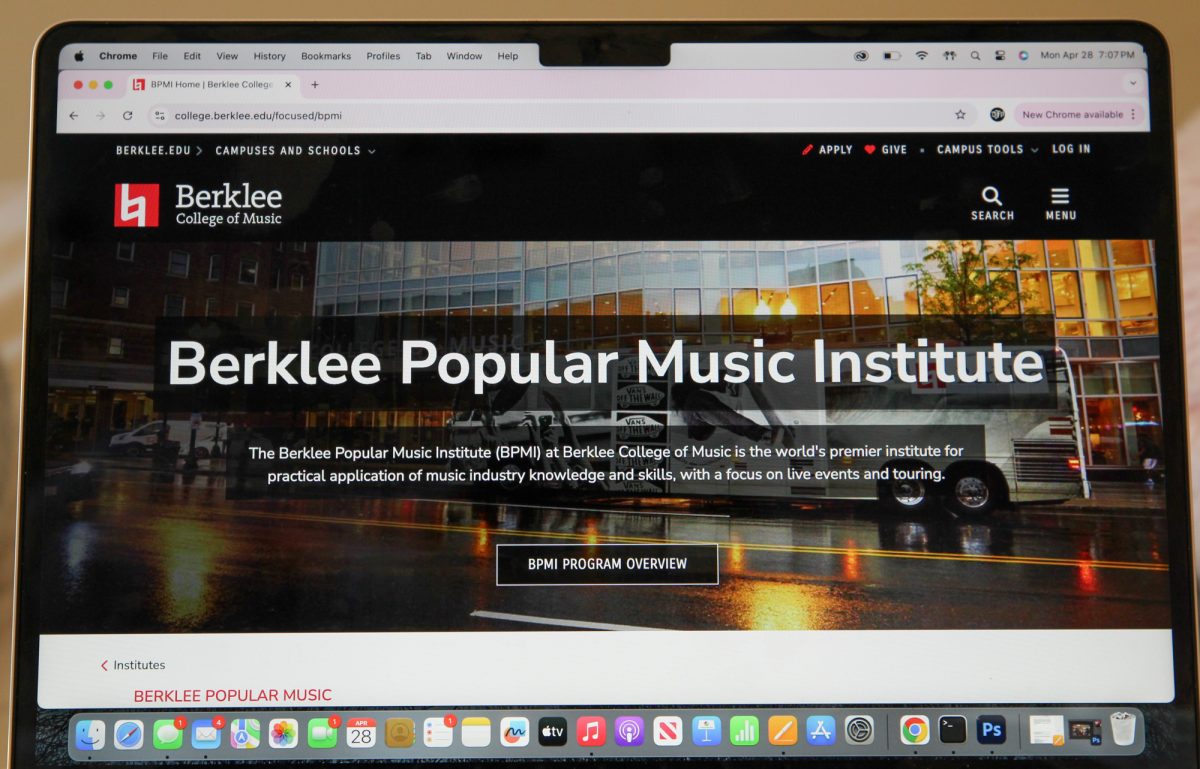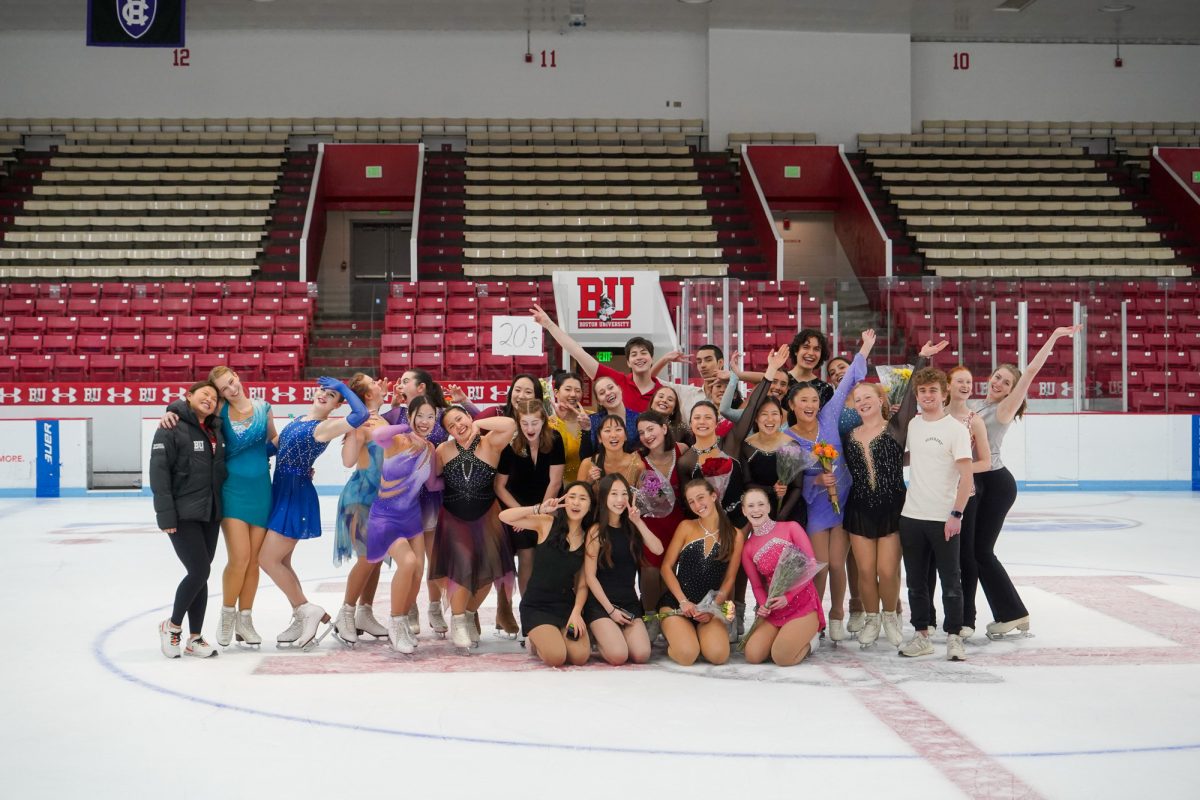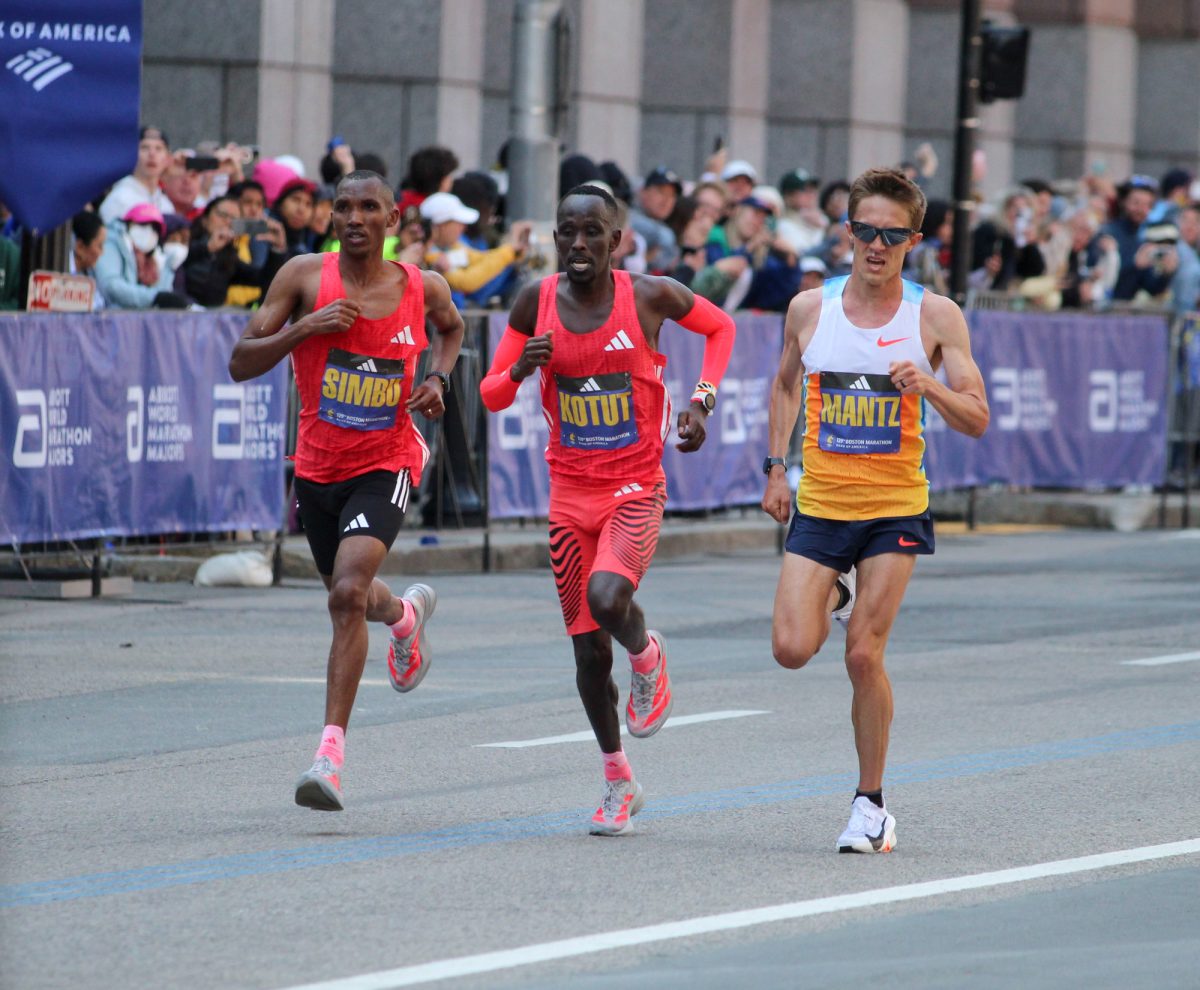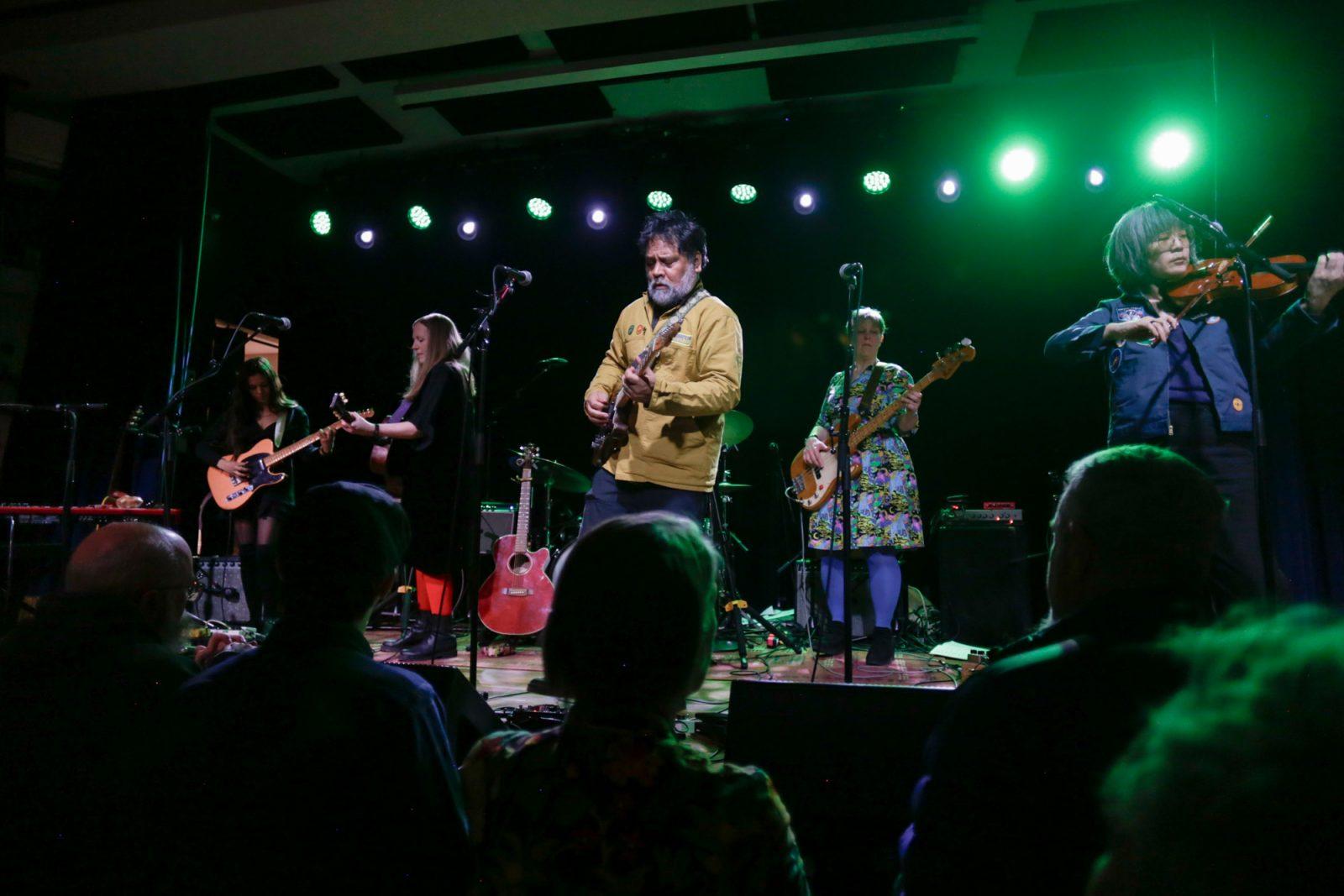Logan Airport became the first airport in the country yesterday to check every bag entering the airport, Secretary of Homeland Security Michael Chertoff said at a press conference.
“Counter-to-counter checking has been practiced for several months now,” said Ann Davis, spokeswoman for the Transportation Security Administration. “But today formalizes the requirement. It gives the TSA regulatory authority.”
More than 42,000 bags are checked each day in Logan for both passenger and commercial flights, Chertoff said.
“We’ve been screening 100 percent of cargo and checked baggage,” Chertoff said, referring to packages sent on passenger flights, which were previously not required to go through the same security as checked bags.
“We want to stay ahead of the curve,” he continued.
Chertoff told The Boston Globe Thursday that TSA officials and trained canines have been working with the Massachusetts Bay Transportation Authority at South Station, Silver Line connections and the Airport subway stop to check passengers for explosives before entering the airport.
Chertoff said it is the law that all bags and airfreight cargo be checked in all passenger airlines. However, the same cannot be said for those items entering commercial airliners.
Passenger flights are also in the process of implementing integrated fingerprint databases — which includes an identification watch list and a chemical-detecting “puffer” device that Channel 5 news anchorwoman Pam Cross said is “a machine that blows air onto you to detect chemicals.” Yet, not all of these measures are being taken on commercial flights, which could still potentially put travelers at risk.
Commercial flights, which carry cargo from shipping companies, undergo a less-rigorous screening process for risky cargo, yet the potential for disaster aboard commercial flights is not receiving the same attention, Chertoff said, adding that not all packages aboard these airlines are screened to the same extent.
During the conference, MBTA officials were also questioned about the Visible Intermodal Protection Response Teams that are now being used in emergencies underground.
“We now have the ability to surge in when we need to surge in,” Chertoff said. “It brings an extra capacity for searching and detecting explosives.”
VIPR Teams have already successfully been used in Los Angeles and New York City.
According to Chertoff, Massachusetts coastlines are also under close supervision.
“The Coast Guard assesses potential risk and notes any change,” he said. “All tankers coming into the port are escorted by the Coast Guard.”
Chertoff has been talking with citizens of Massachusetts to gain a greater understanding of their concerns.
“I want to know how we are doing with respect to our current security measures,” Chertoff said. “I want us to be able to constantly raise the level of security for aviation without interfering with the flow.”
When asked his opinion of Logan’s progress, Chertoff responded positively.
“It’s one of the best, and most secure airports I’ve been to,” he said. “It’s very well automated, very experienced.
“It’s not just about the plane,” he added. “It’s about how you protect the area.”

